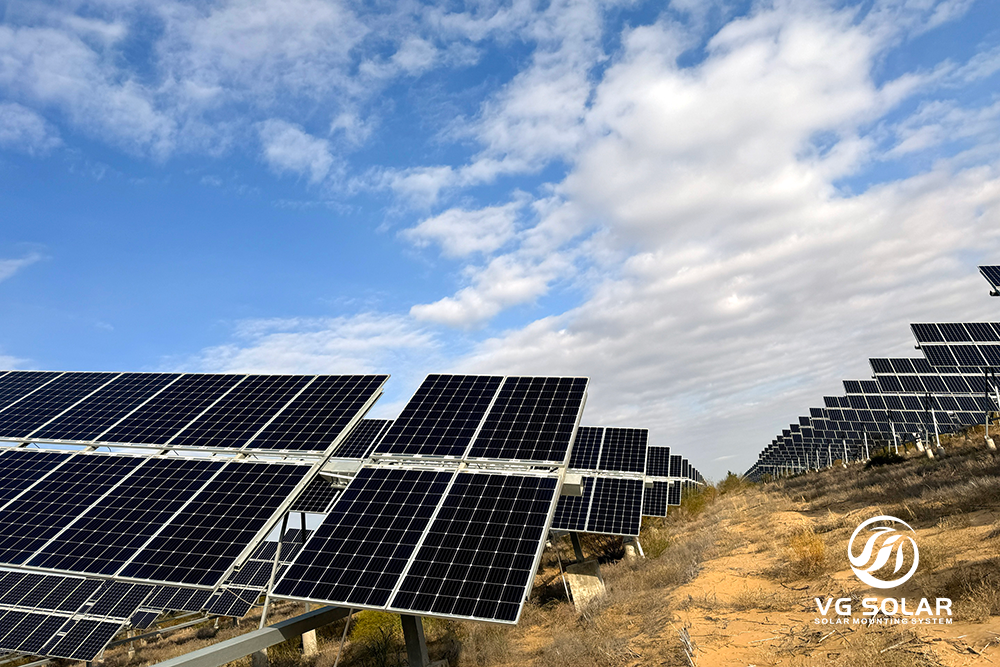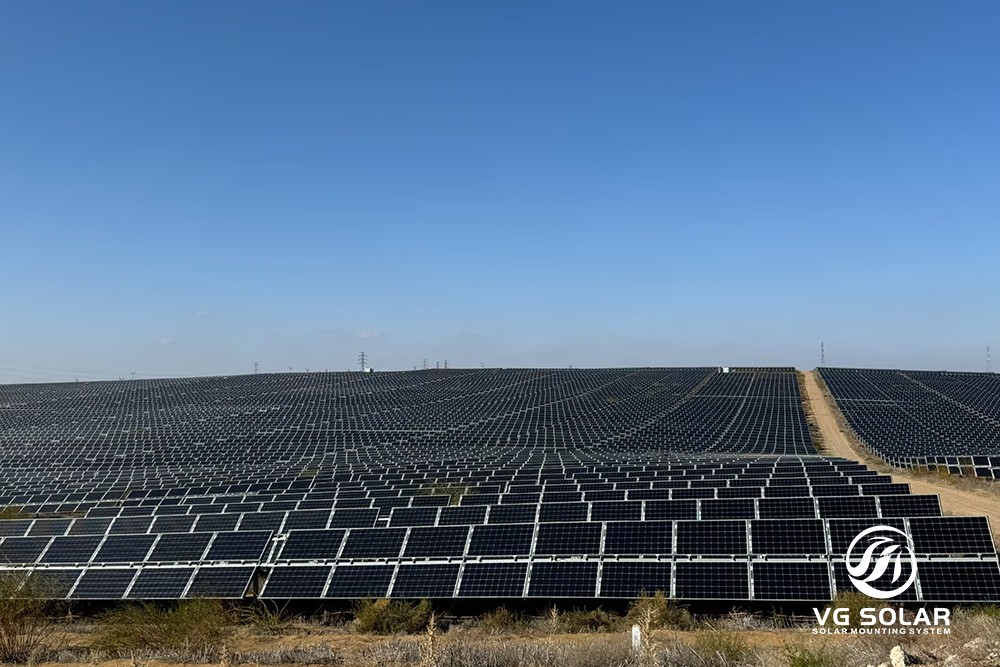In recent years, significant progress has been made in the field of renewable energy, particularly in photovoltaic (PV) technology. Photovoltaic tracking systems, in particular, have emerged as a key component, undergoing rapid development and finding increasingly diverse applications. These systems not only improve the efficiency of solar energy systems, but also pave the way for a more sustainable future.
Photovoltaic tracking mounts are designed to optimise the angle of solar panels so that they follow the sun’s path throughout the day. This dynamic positioning maximises solar radiation, thereby increasing power generation more efficiently than fixed installations do. As demand for renewable energy grows, so does the need for more sophisticated tracking systems. Manufacturers have responded by developing a variety of tracking mount designs to suit different installation environments and energy requirements.
The diversity of photovoltaic tracking brackets is reflected in the range of applications for which they are suited. From residential rooftops to large solar power plants, these brackets can be customised to meet specific requirements. Single-axis tracking systems, for example, are becoming increasingly popular in utility-scale projects where land availability and energy output are critical. Conversely, dual-axis tracking systems are becoming increasingly popular in areas with high solar irradiance as they enable maximum energy capture throughout the year.
Furthermore, the integration of advanced technologies has enhanced the performance of photovoltaic tracking racks. The combination of smart sensors and Internet of Things (IoT) connections enables real-time monitoring and adjustments to be made, ensuring optimal performance in all weather conditions. This technological synergy improves energy efficiency and reduces operating costs, making solar energy more popular and economically viable.
In addition to tracking systems, the advent of PV and inspection robots is revolutionising the operation and maintenance of solar installations. These intelligent machines work alongside tracking brackets to keep solar panels clean and ensure they are functioning properly. Dust, dirt and debris can significantly reduce solar panels’ efficiency, so regular cleaning is essential. PV cleaning robots can automate this process, providing a cost-effective solution that minimises downtime and labour costs.
Similarly, photovoltaic inspection robots play a vital role in maintaining the integrity of solar installations. Equipped with advanced imaging technology, these robots can detect faults, cracks and other issues that could affect power generation. By identifying problems early, operators can resolve them promptly, avoiding costly repairs and ensuring the system operates at optimal efficiency.
The combination of photovoltaic tracking brackets, cleaning robots, and inspection robots represents a significant advancement in the intelligent operation and maintenance of solar energy systems. This integrated solution improves efficiency and helps reduce costs, making solar energy a more attractive option for residential and commercial users.
As the renewable energy landscape continues to evolve, the rapid development and diversification of photovoltaic tracking brackets will be crucial in shaping the future of solar energy. By adopting innovative technologies and smart solutions, the industry can achieve greater efficiency and cost reduction, as well as improved overall performance. Continued progress in this field reflects human ingenuity and is an important step towards a sustainable energy future.
In summary, the development of photovoltaic tracking brackets, alongside the emergence of intelligent operation and maintenance products, is transforming the solar industry. As these technologies continue to advance, they will undoubtedly provide future generations with more efficient, cost-effective and sustainable energy solutions.
Post time: Jul-17-2025


